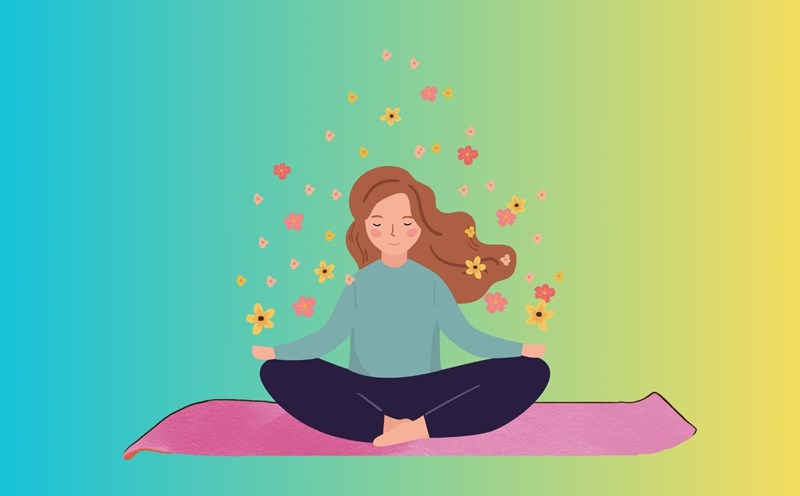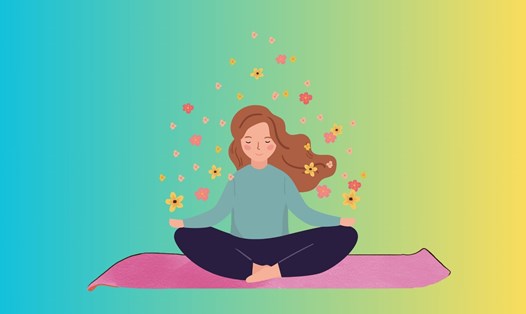What are the benefits of reversal in yoga?
Reduces leg swelling: Inversal posture in yoga, such as the leg facing the wall, can help reduce leg swelling. Inversive stretching can increase blood flow, helping to relieve pain and swelling in the legs.
Increase circulation: According to research published in the International Journal of Yoga, the reversal pose in yoga can stimulate blood flow from the pelvic area to the heart and help transport oxygen throughout the body. Reverse poses can help lower your heart rate, helping your body absorb and use oxygen better.
Improve mood: By changing your body direction, yoga reverse poses can help improve your mood. According to research published in Evidence-Based Complementary And Alternative Medicine, these reversal poses help release endorphins such as dopamine and serotonin, making you feel happier and more excited.
Improve flexibility: A study published in PLOS One shows that practicing yoga regularly for 8 weeks can significantly improve flexibility.
3 easy-to-do yoga reverse moves
Adho Mukha Svanasana pose
First, start lying on your stomach with your arms in line under your shoulders and your knees in line under your hips.
Bend your toes and lift your hips up towards the sky.
Straighten your legs (young knees may be slightly bent) and press your heels down.
Relax your arms and hold the position for 5-10 breaths.
leg-up position
Sit next to a wall, pressing one side of your hips against a wall.
Swing your legs up the wall when you lie on the floor.
Adjust your hips close to the walls.
Place your arms along your sides and hold this position for 5 - 10 minutes.
Standing forward bend
Stand with your feet hip-width apart.
Bend your hips and bend forward, letting your head bend down.
If necessary, keep your knees slightly bent.
You can keep your elbows or place your hands on the floor, breathing deeply for 5 - 8 breaths.











